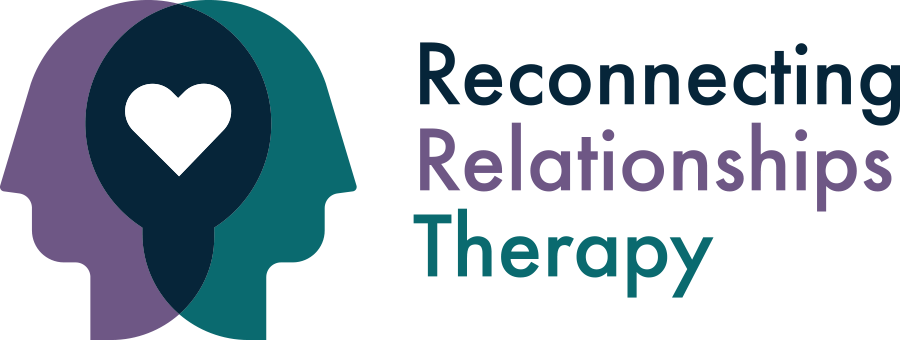According to attachment theory, there are three primary dimensions that characterize our attachment styles and patterns.
Closeness: How comfortable we are being emotionally close and intimate with others.
Dependence/avoidance: How comfortable we are depending on others and having others depend on us.
Anxiety: How often do we worry our partners will abandon and/or reject us.
Attachment theory studies patterns in our friendships, bonds between parent and child, and romantic relationships. Our attachment style is developed during childhood with our caregivers and influences the way we connect to others in future relationships.
People who experience higher attachment-related anxiety are more often concerned with if others really love them and often fear rejection. Meanwhile, other people experience higher attachment-related avoidance. These people are less comfortable depending on and being vulnerable to others.
Attachment Styles
Media in pop culture has sold the idea that relationships should be created on sentimentality and romantic gestures of love. These fairy tales have contributed to unreasonable expectations of love and partnership, sometimes even glorifying unrealistic attachments in our romantic relationships. Although entertaining, these depictions of love are unrealistic and often trap us in expectations so high that we push others away without meaning to. Romantic relationships are particularly vulnerable to such strains. However, real-life relationships can be repaired, and secure attachments can be created.
We often show more behaviors related to a specific attachment style. However, we may exhibit some patterns from all the attachment styles. Our attachment patterns may also differ depending on the type of relationship (friend, parent, child, romantic partner), as well as the other person’s attachment style. Below you will see common characteristics of the different attachment styles.
Anxious Attachment Style: Low avoidance, high anxiety.
More often insecure in intimate relationships; frequently concerned with rejection and/or abandonment.
May ruminate on unresolved past issues from family-of-origin; this may intrude into current perceptions of relationships.
Can be overly sensitive to partner’s actions and moods; may take partner’s behavior personally.
Can be argumentative, critical, or combative; often unaware of personal responsibility in relationships and blames others.
Avoidant Attachment Style: High avoidance, low anxiety.
Typically uncomfortable with closeness and values independence.
May not be worried about partner’s availability.
Communication can be intellectual; may not be comfortable voicing emotions.
Often avoids conflict.
Secure Attachment Style: Low avoidance, low anxiety.
Comfortable with intimacy and are not often worried about being rejected by their partner.
Depends on their partner and allows their partner to depend on them; is available and responsive in times of need.
Accepts partner’s need for separateness without feelings threatened or rejected.
Regulates emotions well and communicates emotions honestly.
Attachment Styles and Adult Relationships
Attachment patterns are often passed down from one generation to the next as children learn from parents and caregivers how to connect to others. Our attachment history plays an important role in how we relate in adult romantic relationships, as well as how we relate to our own children. Our attachment styles impact our intimate relationships in several significant ways:
How we perceive and handle closeness and emotional intimacy.
Our ability to communicate emotions and needs, as well as how we listen to and understand the emotions and needs of our partner.
How we respond to conflict.
Our expectations for our partner and the relationship.
To seek secure connection in relationships, partners in distress can become stuck in failed attempts to regulate attachment-related insecurities by using anxiety and/or avoidant strategies. Unfortunately, these strategies often ironically reinforce attachment-related insecurity. When our own attachment-related insecurities collide with our partner’s insecurities, we get caught in negative cycles of interacting.
Creating Secure Attachment with Your Partner
Studies have found connections between attachment styles and romantic relationship satisfaction. People with secure attachment in romantic relationships are more likely to view their partner as being responsive to their needs, which influences satisfaction, investment, and commitment in romantic relationships. Therefore, secure attachment can help strengthen commitment between partners and support feelings of satisfaction in intimate relationships.
Secure attachment is foundational in fulfilling and meaningful relationships. It promotes trust, emotional connection, and safety with our partner. Developing secure attachment with our partner not only benefits the relationship, but also improves our own sense of self and personal well-being.
Here are a few ways you can start to move towards secure attachment with your partner and create more meaningful connections with others:
Self-Awareness: Start by understanding your attachment style patterns in important relationships. Take time to explore your emotions, thoughts, and behaviors in your relationships. Reflect on your own attachment patterns and identify any insecurities. Through self-awareness, you can better understand your needs, preferences, and emotions.
Improve Emotional Regulation: Learn to recognize, acknowledge, and regulate your emotions in constructive ways. Practice self-soothing during conflict and at times your insecurities arise. Emotional regulation allows you to bring safety to your relationships.
Open Communication: Express your needs, desires, and concerns with respect and honesty. Listen to your partner to understand their perspective with empathy and curiosity. Allow your partner to express their feelings without judgement or criticism.
Be Emotionally Available: This means being attuned to the emotions and needs of your partner. Offer support and validation when your partner shares vulnerabilities with you. Being emotionally available builds trust with your partner.
Therapy Services | Fort Worth, Texas
If you are interested in further exploring attachment styles and creating secure attachments in your relationships with a Fort Worth therapist, you can schedule a free consultation with me through the link below or email me at amy@reconnectingrelationships.com









